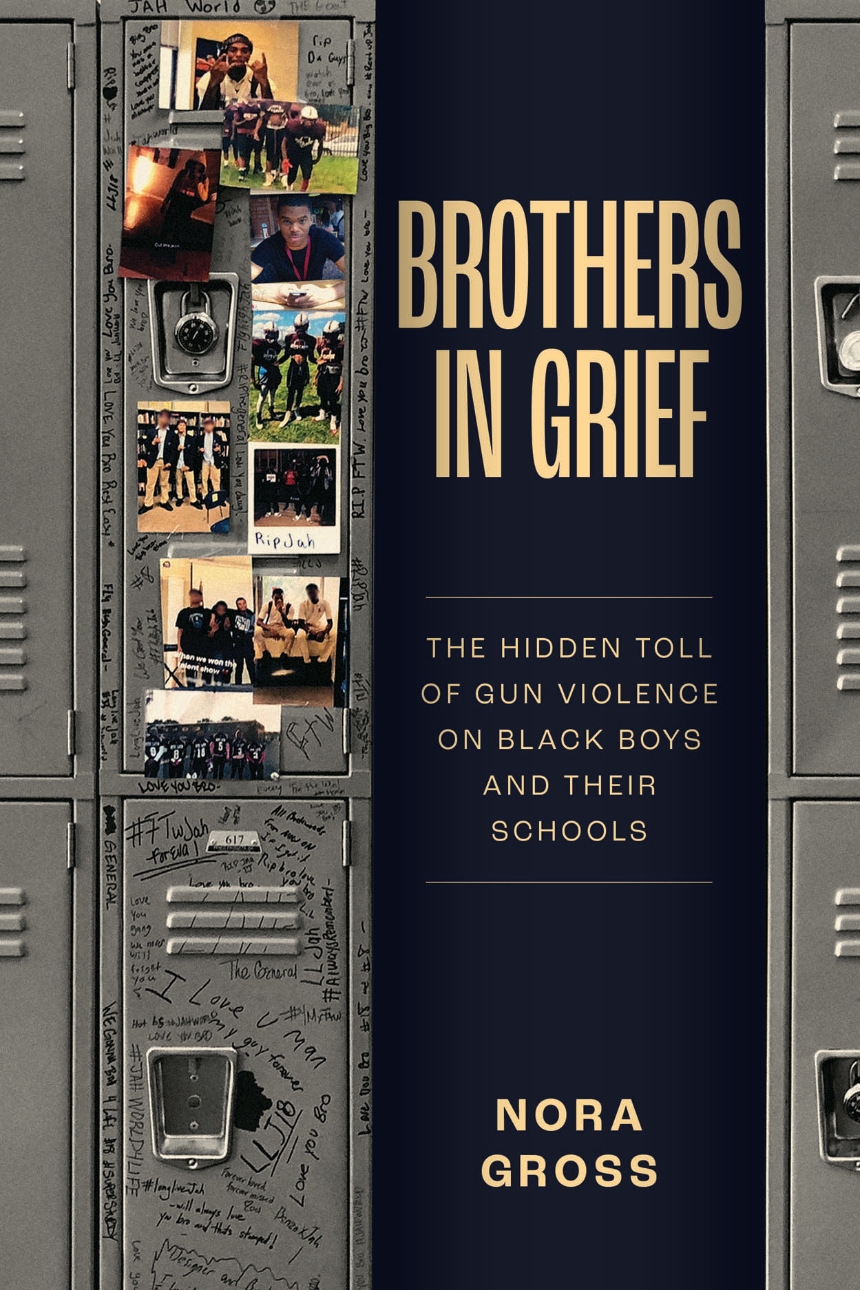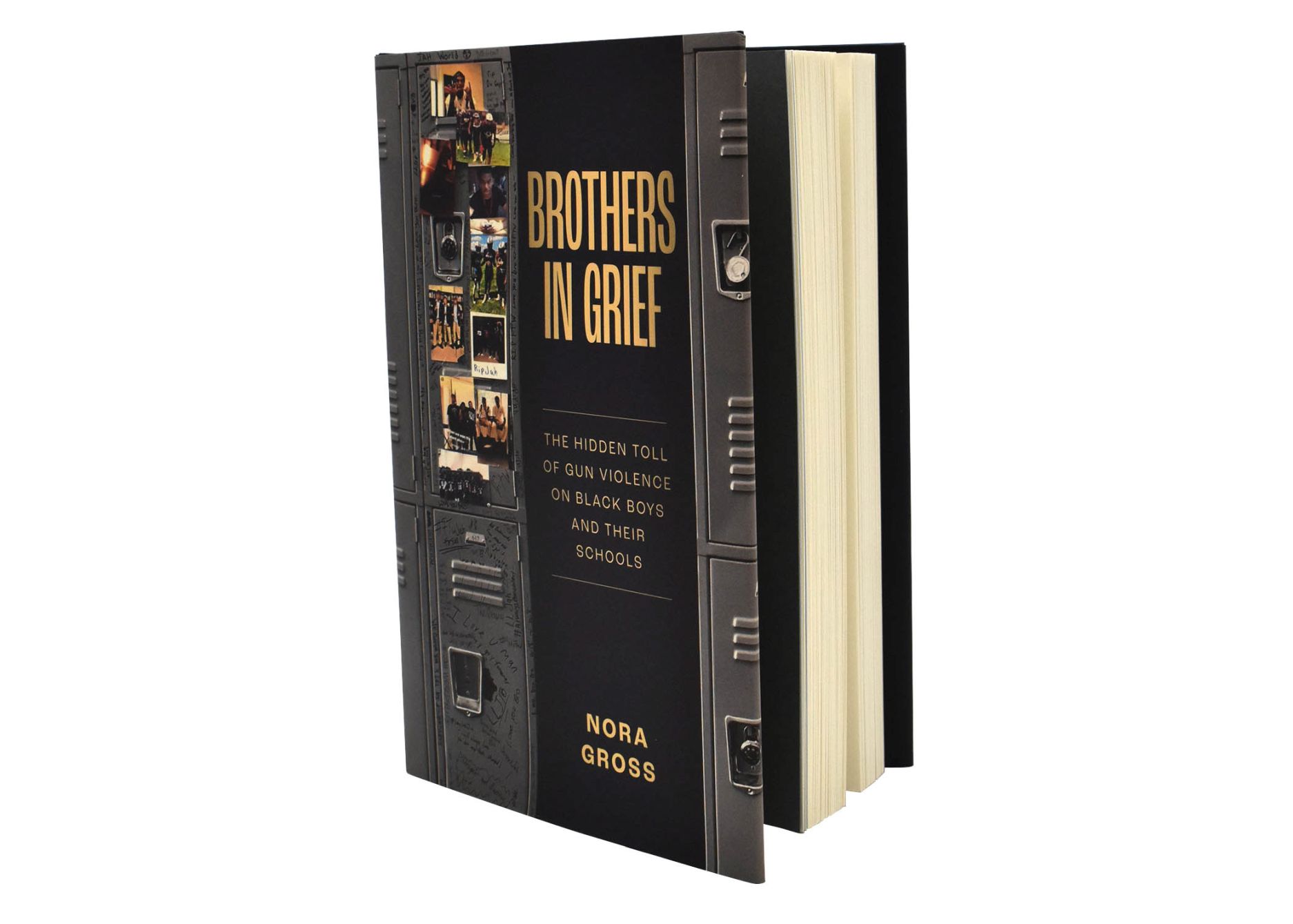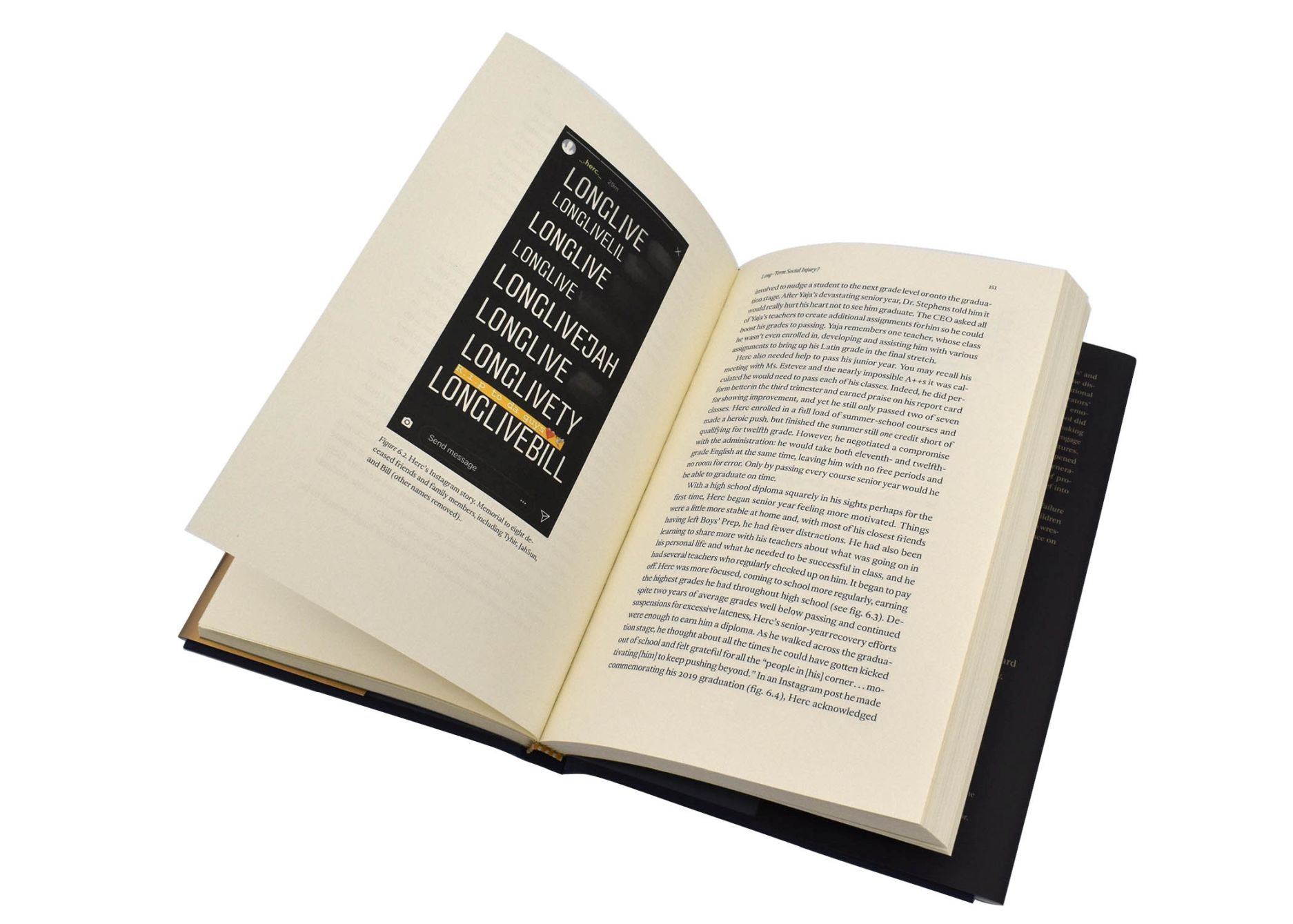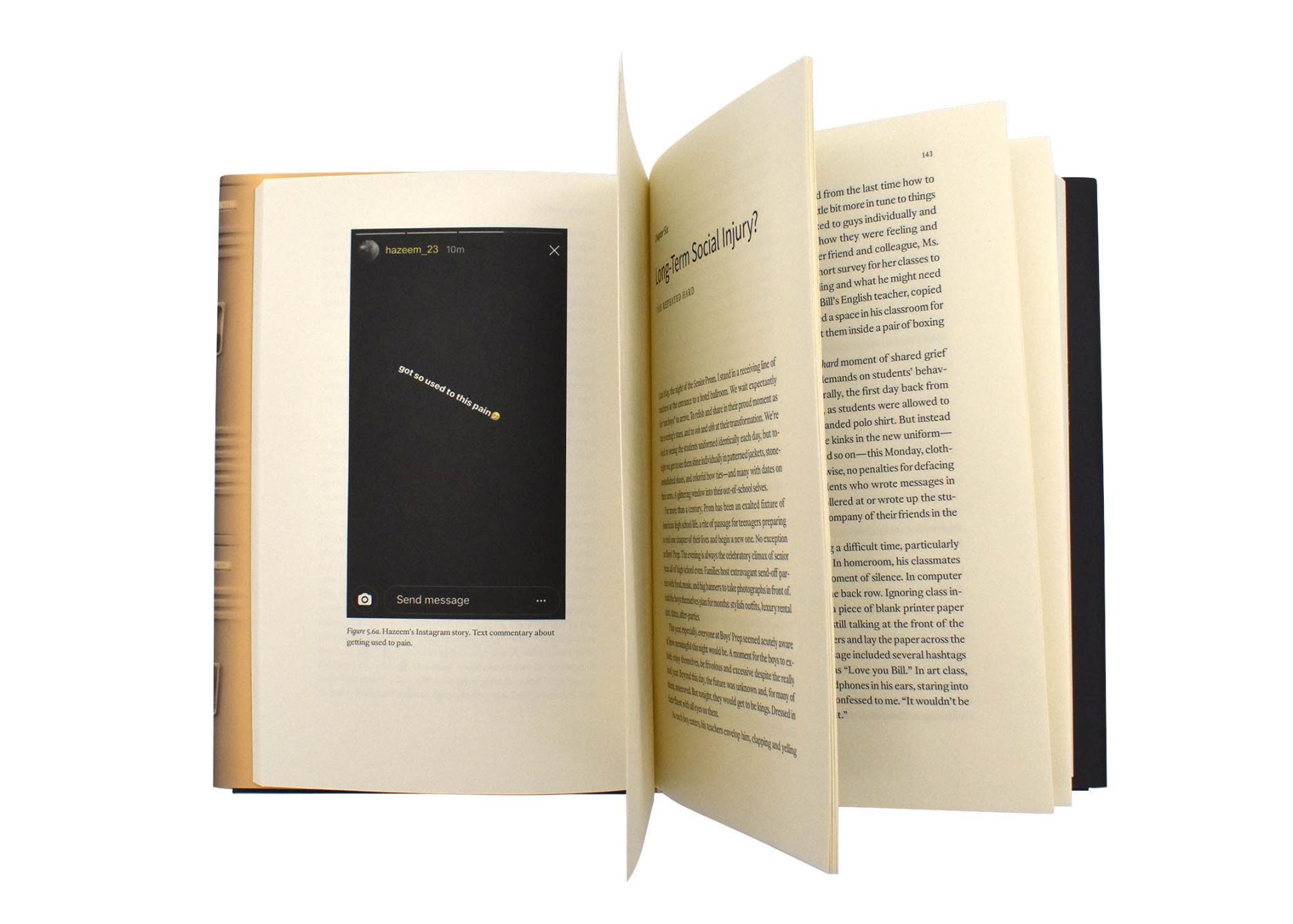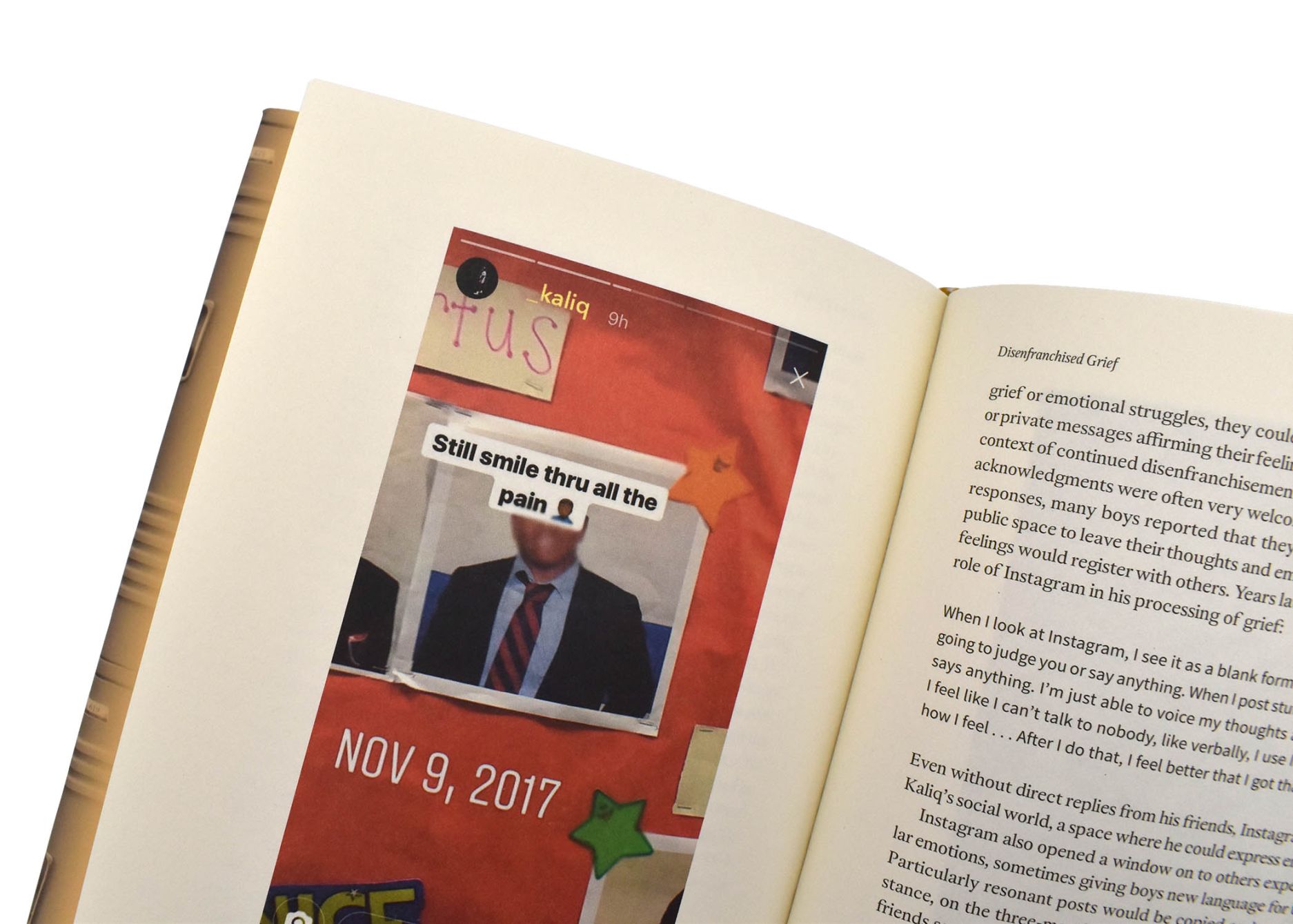Brothers in Grief
The Hidden Toll of Gun Violence on Black Boys and Their Schools
Brothers in Grief
The Hidden Toll of Gun Violence on Black Boys and Their Schools
JahSun, a dependable, much-loved senior at Boys’ Prep was just hitting his stride in the fall of 2017. He had finally earned a starting position on the varsity football team and was already weighing two college acceptances. Then, over Thanksgiving, tragedy struck. An altercation at his older sister’s home escalated into violence, killing the unarmed teenager in a hail of bullets. JahSun’s untimely death overwhelmed his entire community, sending his family, friends, and school into seemingly insurmountable grief. Worse yet, that spring two additional Boys’ Prep students would be shot to death in their neighborhood. JahSun and his peers are not alone in suffering the toll of gun violence, as every year in the United States teenagers die by gunfire in epidemic numbers, with Black boys most deeply affected.
Brothers in Grief closely attends to the neglected victims of youth gun violence: the suffering friends and classmates who must cope, mostly out of public view, with lasting grief and hidden anguish. Set at an ambitious urban high school for boys during the heartbreaking year following the death of JahSun, the book chronicles the consequences of untimely death on Black teen boys and on a school community struggling to recover. Sociologist Nora Gross tells the story of students attempting to grapple with unthinkable loss, inviting readers in to observe how they move through their days at school and on social media in the aftermath of their friends’ and classmates’ deaths. Gross highlights the discrepancy between their school’s educational mission and teachers’ and administrators’ fraught attempts to care for students’ emotional wellbeing. In the end, the school did not provide adequate space for grief, making it more difficult for students to heal, reengage with school, and imagine hopeful futures. Even so, supportive relationships deepened among students and formed across generations, offering promising examples of productive efforts to channel student grief into positive community change.
A searing testimony of our collective failure to understand the inner lives of our children in crisis, Brothers in Grief invites us all to wrestle with the hidden costs of gun violence on racial and educational inequity.
256 pages | 14 color plates, 4 tables | 6 x 9 | © 2024
Education: Pre-School, Elementary and Secondary Education
Sociology: General Sociology, Race, Ethnic, and Minority Relations
Reviews
Table of Contents
One. “I’ll Never Know My Last Time . . .”: Introduction
Two. Silent Hallways, Shared Sorrow
Three. A School Prepared—And Not: The Easy Hard
Four. Policing Grief: The Hard Hard
Five. Disenfranchised Grief: The Hidden Hard
Six. Long-Term Social Injury? The Repeated Hard
Seven. From Grief to Grievance
Epilogue
Acknowledgments
Author’s Note
Appendix A: Glossary of Social Media Abbreviations, Slang, and Emojis
Appendix B: Participant Details
Notes
References
Index
Awards
Society for the Study of Social Problems: C. Wright Mills Award
Finalist
Society of Professors of Education: Outstanding Book Award
Won
ASA Section on Sociology of Education: Pierre Bourdieu Award
Won
Society for the Study of Social Problems: SSSP Educational Problems Division Outstanding Book Award
Won
